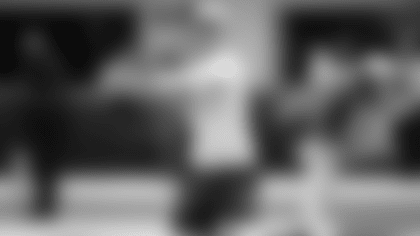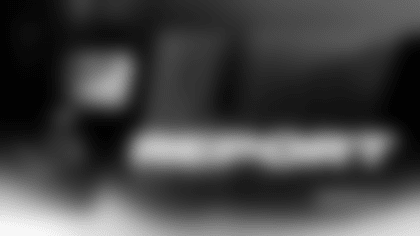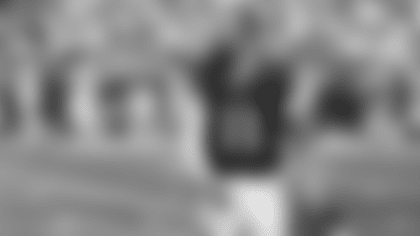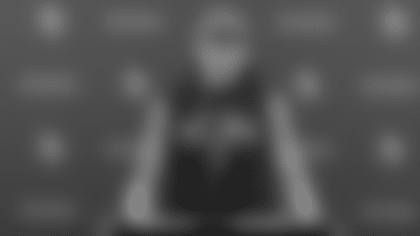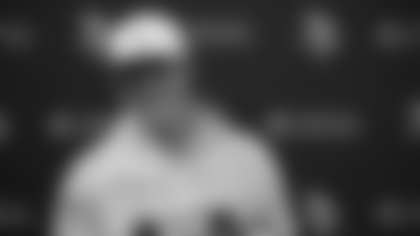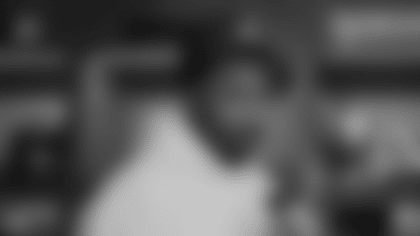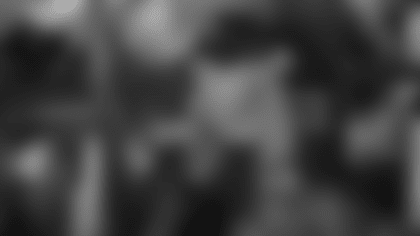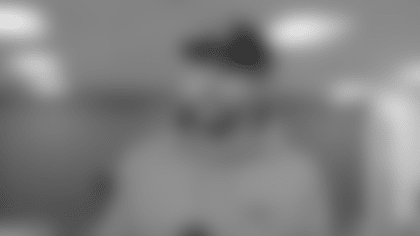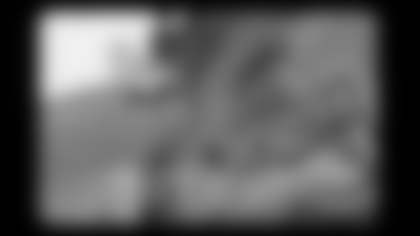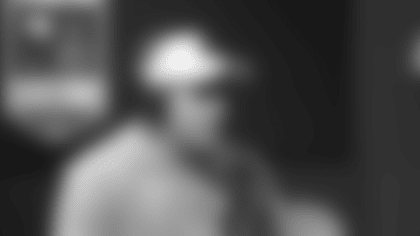Adam Thielen, Stefon Diggs and Kyle Rudolph have made difficult catches look easy.
The NFL Competition Committee is trying to do something similar with language in the rule book that governs receptions.
The committee is trying to simplify the definition of a catch through a proposed rule change that will be debated when Owners convene in Florida for the Annual League Meeting (March 25-28).
NFL Executive Vice President of Football Operations Troy Vincent tweeted about the attention-grabbing proposal, which is one of 10 up for debate, this week.
The full proposal to amend Rule 8, Section 1, Article 3 follows.
ARTICLE 3. COMPLETED OR INTERCEPTED PASS.A player who makes a catch may advance the ball as a runner. A forward pass is complete (by the offense) or intercepted (by the defense) in the field of play, at the sideline, or in the end zone if a player, who is in bounds:
(a) secures control of the ball in his hands or arms, prior to the ball touching the ground; and
(b) touches the ground inbounds with both feet or with any part of his body other than his hands;
and
(c) after (a) and (b) have been fulfilled, performs any act common to the game (e.g., tuck the ball away, extend it towards or over the goal line or the line to gain, take an additional step, turn upfield, or avoid or ward off an opponent), or he maintains control of the ball long enough to do so.
Note 1: Movement of the ball does not automatically result in loss of control.
Note 2: If a player, who satisfied (a) and (b), but has not satisfied (c), contacts the ground and loses control of the ball, it is an incomplete pass if the ball hits the ground before he regains control, or if he regains control out of bounds.
Note 3: A receiver is considered a player in a defenseless posture (See Rule 12, Section 2, Article 7) throughout the entire process of the catch and until the player is capable of avoiding or warding off the impending contact of an opponent.
Note 4: If a pass is caught simultaneously by two eligible opponents, and both players retain it, the ball belongs to the passers. It is not a simultaneous catch if a player gains control first and an opponent subsequently gains joint control.
Note 5:If a player, who is in possession of the ball, is held up and carried out of bounds by an opponent before both feet or any part of his body other than his hands touches the ground inbounds, it is a completed or intercepted pass.
Or, in limited characters, this follow-up tweet by Vincent:
There are nine other rule change proposals for Owners to discuss. Each can be adopted with approval by 75 percent of teams (24 of 32), rejected, tabled until a later meeting or withdrawn.
Pass interference penalty: The Jets have introduced a proposal that would change the assessment of a defensive pass interference from spot of the foul to 15 yards, unless the foul is determined to be intentional and egregious by the officiating crew."
Pro Football Reference tallied **266 instances** of accepted pass interference penalties in the 2017 regular season. The **Vikings were hurt and helped** by spot-of-the-foul assessment in 2017. The average penalty yardage assed was 18.09 yards last season.
Proponents for pass interference remaining a spot foul will say it is critical to keep the beauty of a deep completion in the game and that DBs will always trade 15 yards for a sure-to-be touchdown.
Opponents of it continuing to be a spot foul will say that it assumes a 100-percent catch rate and encourages chucking down the field in situations like a second-and-22 when an offense doesn't have great options.
Touchbacks: A proposal to make permanent the spotting of a football at the 25-yard line of the return team after a touchback on kickoffs. All other touchbacks (punt return, interception or fumble recovery downed in the end zone) will be spotted at the 20.
Other proposed rule changes include:
- Making the penalties for illegal batting and kicking the same
- Enabling roughing the passer and fouls against players in a defenseless posture to be reviewed
- Enabling the review of personal fouls through instant replay
- Allowing a member of the officiating department to instruct on-field officials to disqualify a player for a "flagrant non-football act" that has been called
- Implementing the use of a play clock to limit the amount of time a team has during a commercial break to decide if it wants to challenge the previous play
- Eliminating the requirement of a team that scores a winning touchdown at the end of regulation to kick the extra point or go for a two-point conversion



